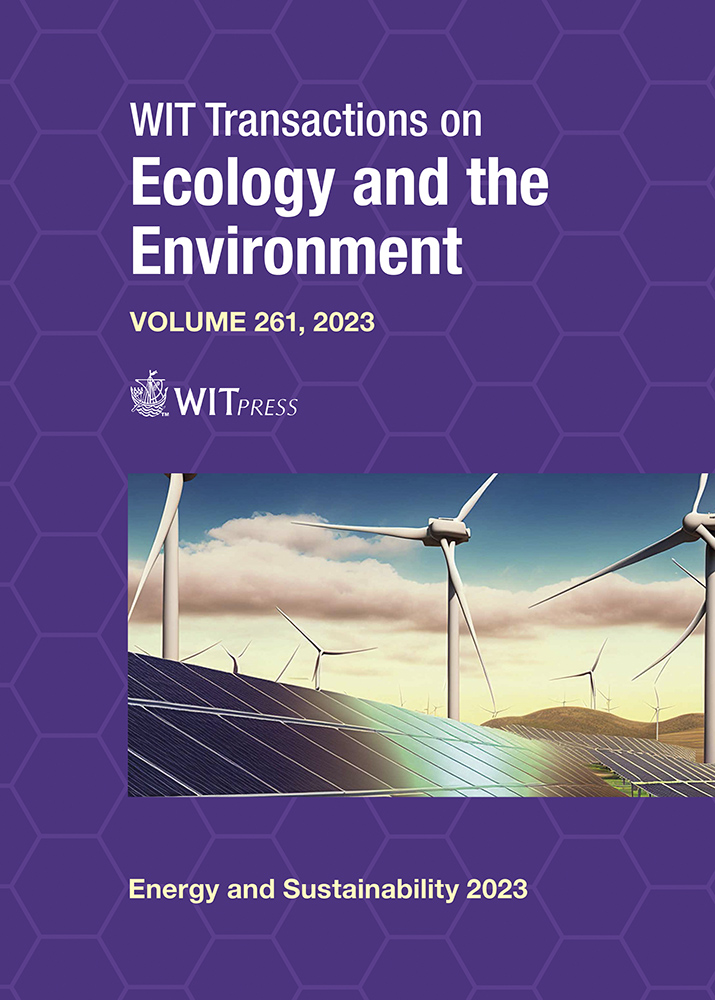SUSTAINABLE HYDROGEN PRODUCTION, STORAGE AND TRANSPORT PATHWAYS
Price
Free (open access)
Transaction
Volume
261
Pages
11
Page Range
77 - 87
Published
2023
Paper DOI
10.2495/ESUS230071
Copyright
Author(s)
KAMIEL S. GABRIEL
Abstract
Hydrogen production, storage, transportation, and energy conversion constitute the foundation of a hydrogen energy system. Hydrogen is a gas that generally does not exist naturally in a pure usable form. The primary markets for this green hydrogen include the growing fuel cell transportation market with trains, trams, buses, and automobiles, as well as ammonia and the production of synthetic fuels from CO2. Another application that is gaining momentum in the power industry is power-to-grid (P2G), where hydrogen is injected into the natural gas distribution network as a supplementary component to offset emissions and improve the heat of combustion. Today, hydrogen is mainly manufactured using a steam methane reforming (SMR) process with natural gas as the feedstock. Currently, global hydrogen production is estimated at approximately 119 Mt H2/year, of which approximately 4% is produced via electrolysis, and the balance from fossil sources. There is a push for ‘blue hydrogen’, where the CO2 produced in this process is sequestered in geological deposits; a process known as CCU (carbon capture and storage). Many countries are adopting this method of producing hydrogen at large scale including Australia, Canada, USA, Saudi Arabia, among others. The cost of production varies depending on whether or not the production is centralized or decentralized. This paper summarizes the most common methods of producing, storing and transporting hydrogen, and introduces the heat-tohydrogen thermochemical production method.
Keywords
hydrogen production, storage, transport, pathways





